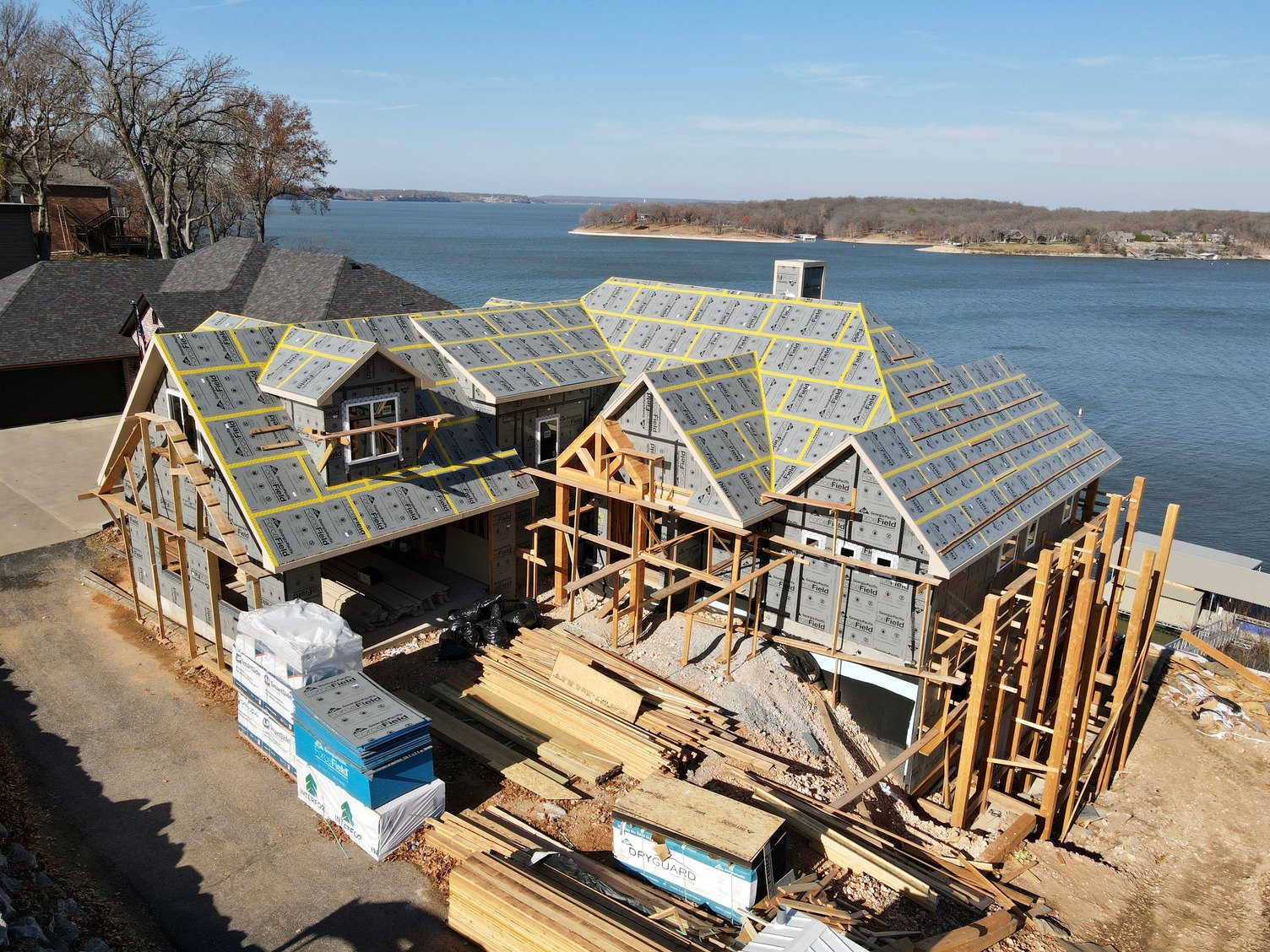Beyond the Wrapper The Need for an Integrated WRB

It’s no secret that weather conditions are becoming more punishing and unpredictable across the country. And all of the high-end fixtures and finishes in the world won’t do you any good if your structure is too weak to withstand the elements.
Still, we’ve seen plenty of builders skimp on quality, hoping to save money on the initial estimate. But in return, they’re often confronted with embarrassing callbacks, labor overages, and schedule delays. Only then do they realize that their initial savings may cost them far more in the end.
Adding a Critical Line of Defense
One of the best ways to help protect a wood-framed structure is with an integrated weather-resistive barrier system designed for use on walls and sloped roofs.
Choosing integrated WRB sheathing over traditional house wrap and roofing underlayment may help builders achieve a continuous building envelope that could reduce the risk of:
- Water damage
- Air leakage
- Damage due to weather
- Delays to project schedules
A reliable WRB system may offer advanced protection against air and water intrusion, an important first step in building strong roofs and walls that keep homes dry during construction and beyond.
The Positive Impact on Time and Labor
An integrated WRB that has the versatility to be used on roofs and walls may eliminate the steps of applying house wrap and roofing underlayment. And fewer steps can help simplify installation for the crew, allowing them to dry-in the entire structure faster. There is less switching between materials and less confusion about what goes where. Plus, one system may reduce the number of trade professionals needed on a jobsite, streamlining the construction process and preventing inefficiencies that result from one trade waiting on another to finish up.
“From an efficiency standpoint, if something does come up on a job, I have only one phone call to make. However, we haven’t had a claim on any Georgia-Pacific products since we’ve been using them.”
– Kory Klein, Owner and COO of Scissortail Building Supply
As if the value added to the structure wasn’t enough, the time and labor savings can provide even more incentive for builders to choose a WRB over cheaper methods. Crews may have an easier time installing the system, helping reduce worry about the material tearing or blowing off.

An Integrated WRB from the Partner Builders Trust
Builders can’t control Mother Nature. But they can control which products they use when their homes, their investments and their reputations are up against the elements.
To help protect residential and multifamily properties better, Georgia-Pacific developed ForceField® Weather Barrier System, an integrated WRB system for wood-framed projects that contributes to a high-performance, more energy-efficient building envelope.
Durable and versatile, ForceField® Weather Barrier System can be applied to walls and sloped roofs, helping reduce the risk of water damage and minimizing air leakage across the structure. The system starts with ForceField® Panels, engineered structural sheathing with an enhanced overlay. Then, seams and joints are sealed with advanced accessories like ForceField® Seam Tape Plus on walls and ForceField® Premium Tape on roofs. Learn more about the system here.
All ForceField® Panels and Accessories that are a part of the original building envelope are covered under a limited, transferrable warranty. Where additional flashing treatments and transitions to alternative building materials may be needed, ForceField® Weather Barrier System also works hand-in-hand with other Georgia-Pacific products to complete a continuous WRB.
With ForceField® Weather Barrier System in place, the forecast becomes an afterthought, and builders can trust their homes will stand strong against air and water intrusion.
To see how the system helped bring quality and efficiency to the construction of a custom home on hillside, lakefront property, read this case study next.